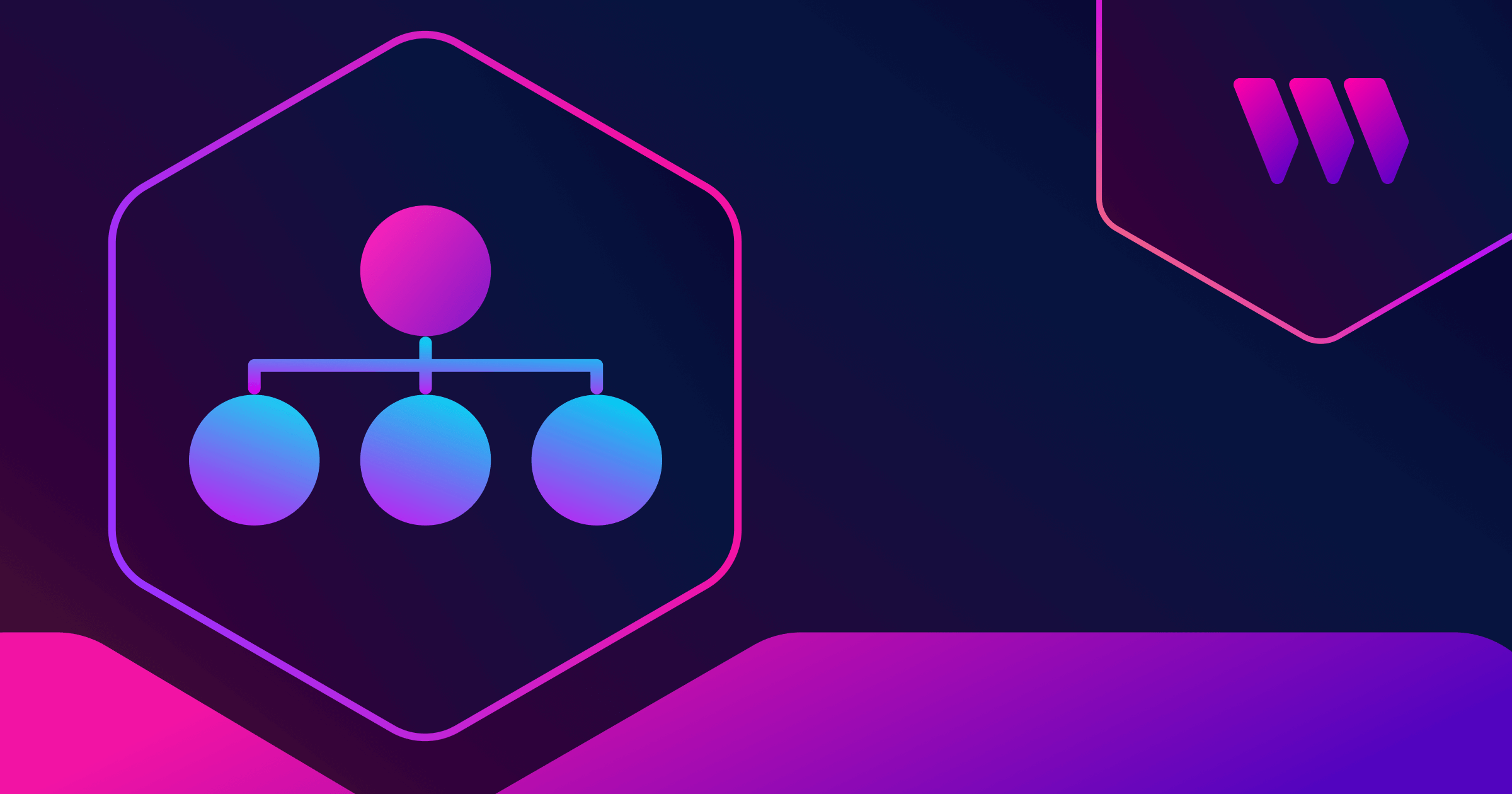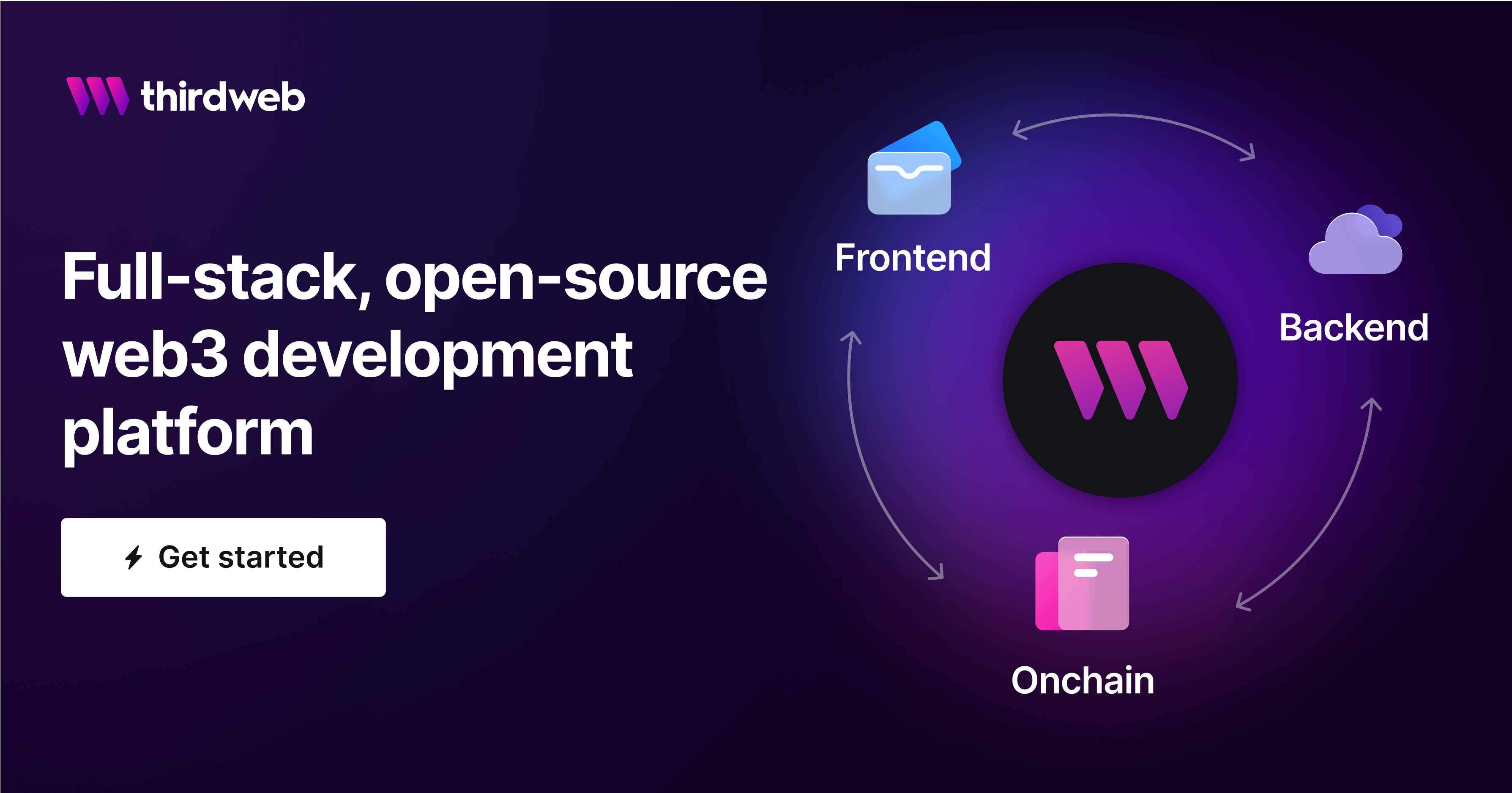What is a Modular Blockchain? A 5-Minute Explainer

Ethereum houses thousands of decentralized applications (dApps), millions of users, and their money. Yet, the blockchain's monolithic architecture has scalability limitations, which often render the network useless, thanks to frequent congestion, leading to high fees.
Currently, the majority of core tasks — transaction processing, consensus, and data availability, happen on Ethereum. This completely overloads Ethereum nodes, which must verify transactions, make data available, and maintain the entire block history, inherently limiting the network's efficiency.
Modular blockchains promise to solve this by dividing the core functions into distinct specialized layers. This flexible composability enables developers to optimize each component separately.
In this blog, we'll dive into what a modular blockchain is, how it works, and list some popular ones.
What is a modular blockchain?
A modular blockchain is an independent chain that dedicatedly performs a particular operation (execution, consensus, data availability, settlement). The modular design aims to ensure efficiency and scalability by allowing each layer to be optimized for its specific purpose.
Think of it like Lego blocks.
Each block represents a specific function like execution, consensus, data availability, or settlement. Modular blockchains help developers with granular control over which block they want to build on. Developers can assemble a customized stack tailored to their specific use cases.
Modular architecture promises to be a major solution for Ethereum's data availability (DA) concerns. A separate DA layer means:
- Ethereum mainnet is only used for transaction verification, block production, and maintenance of consensus.
- Rollups access verified data without incurring the call costs associated with the Ethereum mainnet.
- DA-specific improvements and upgrades can take place independently, without having to disturb the mainnet.
How does a modular blockchain work?
Modular blockchains are an architectural evolution. They aim to replace the one-size-fits-all approach that web3 relies heavily on. Modularity comes from dividing blockchain functionality into independent components - execution, settlement, consensus, and data availability.
1. Execution layer
The execution layer is the primary interface where users submit their transactions and interact with dApps via smart contracts. These interactions trigger state transitions, which update the on-chain balances and accounts.
Separating this layer from consensus allows for more efficient processing, as transactions can be executed off-chain using rollups.
2. Settlement layer
The settlement layer settles transactions by processing proofs from other chains to finalize transfers. It is pivotal in validating transaction states, managing fraud proofs, and facilitating dispute resolution, especially for optimistic rollups.
3. Consensus layer
The consensus layer is responsible for all the nodes to agree on the blockchain state. It ensures that all transactions are valid and agrees on the order in which transactions are processed. Developers looking to optimize for decentralization can configure the consensus layer to meet their needs.
Data availability (DA) layer
The DA layer ensures that the data necessary to validate transactions and execute smart contracts is readily available to all network participants. It enables easy verifiability of on-chain data.
Several dApps and protocols on Ethereum are employing DA solutions to reduce their reliance on the mainnet for data availability.
To sum up, modular blockchains help developers leverage the strengths of each layer and achieve their desired performance.
For instance, developers can build a high-performance DEX utilizing:
- ZK rollups as execution layer for efficient off-chain processing
- Ethereum as the consensus and settlement layer for its security and decentralization.
- DA layer like EigenDA for cost-effective data storage off-chain.
Benefits of modular blockchains
Let’s look at the potential benefits of modular blockchains for the ease of development:
1. Scalability
Modular blockchains help blockchains offload their headaches to dedicated chains, freeing up nodes on settlement layers like Ethereum. This enables developers to use the expensive L1 only for critical consensus and ordering functions instead of archiving.
dApps can reduce their storage costs significantly, while also lowering fees for users.
2. Security
With modular blockchains, developers can leverage existing sets of validator nodes to deploy a new chain rather than bootstrapping. Thereby, the upfront cost of maintaining and running nodes is reduced for the developers, and further saves time for them during the development process.
3. Flexibility
Modular blockchains allow developers to plug-n-play around modules to experiment and build customized networks optimized for performance, security, and cost. This composability offers greater flexibility for developers, which wouldn't be possible with monolithic chains.
Popular examples of modular blockchains
1. Celestia
Celestia is a data availability store for modular blockchains, enabling Ethereum rollups and Layer 2 solutions to publish and make their transaction data available for anyone to download. It utilizes the data availability sampling (DAS) technique to ensure data availability, which can be verified with light nodes.
Celestia aims to create a collaborative ecosystem of interconnected chains and supports various Layer 2s, including Arbitrum Orbit, OP Stack, and Polygon CDK.
2. EigenLayer DA
EigenDA is a data availability store for modular blockchains on top of Ethereum using EigenLayer restaking. Its actively validated service allows restakers to delegate stakes to node operators, while rollup solutions can post their transaction data at affordable costs.
A dedicated KZG data availability committee verifies data and returns signatures to ensure the integrity and accessibility of transaction data for all participants.
Modular Blockchains: Potential and Future
Monolithic blockchains are limited by their data availability design. Storing all data on every node becomes impractical, limiting scalability and user experience.
Modular blockchain offers a potential solution, introducing a dedicated data availability layer that separates storage from core functionalities. This composability enables the creation of more efficient DApps and provides greater flexibility to innovate and build for developers.
We hope this blog helped you understand modular blockchains, how they help address the data availability problem and popular examples of modular chains.

If you have any questions, join 40,000+ other builders in our Discord or reach out to the thirdweb team directly for more info on how to get started with modular blockchains.
